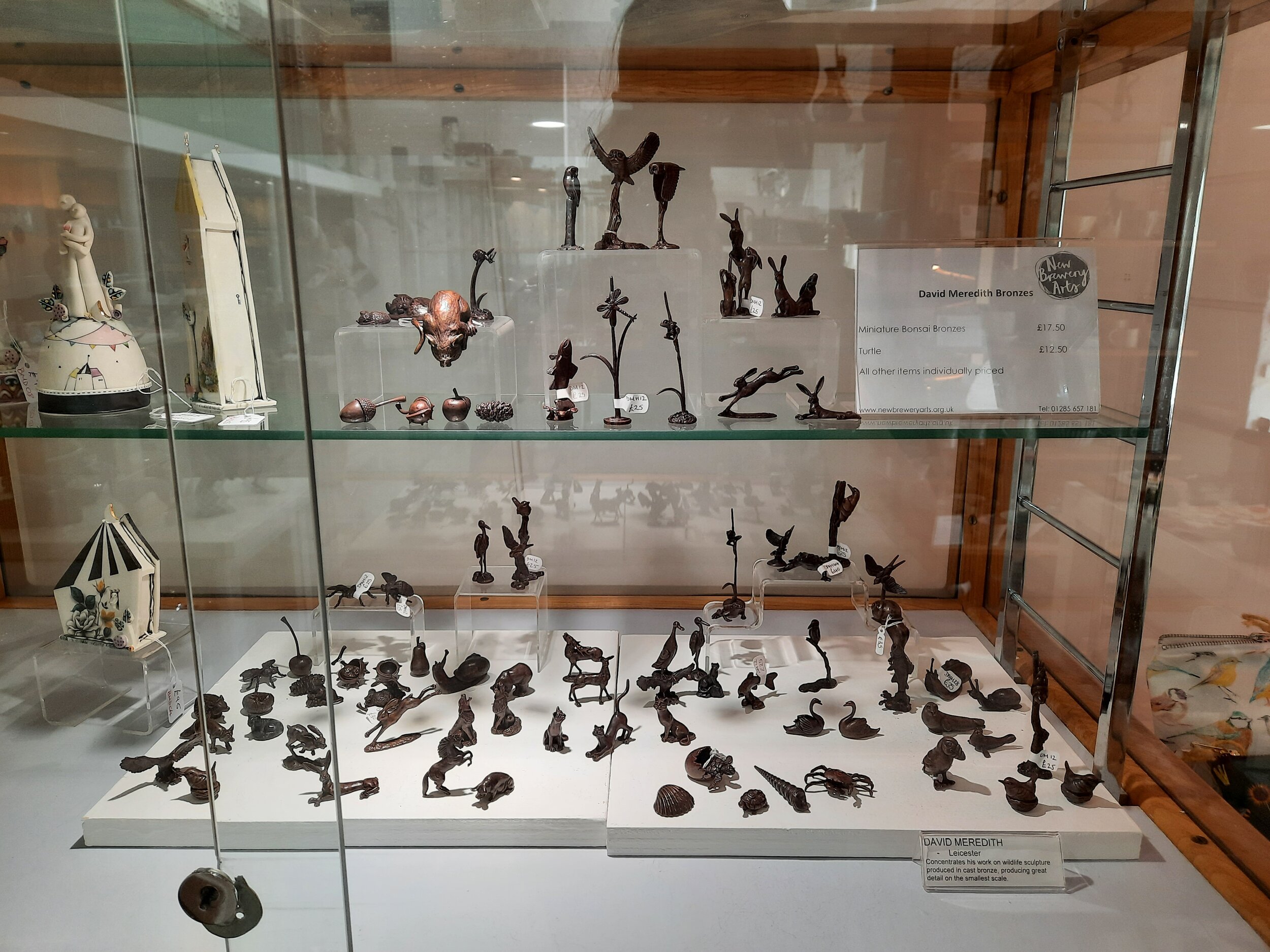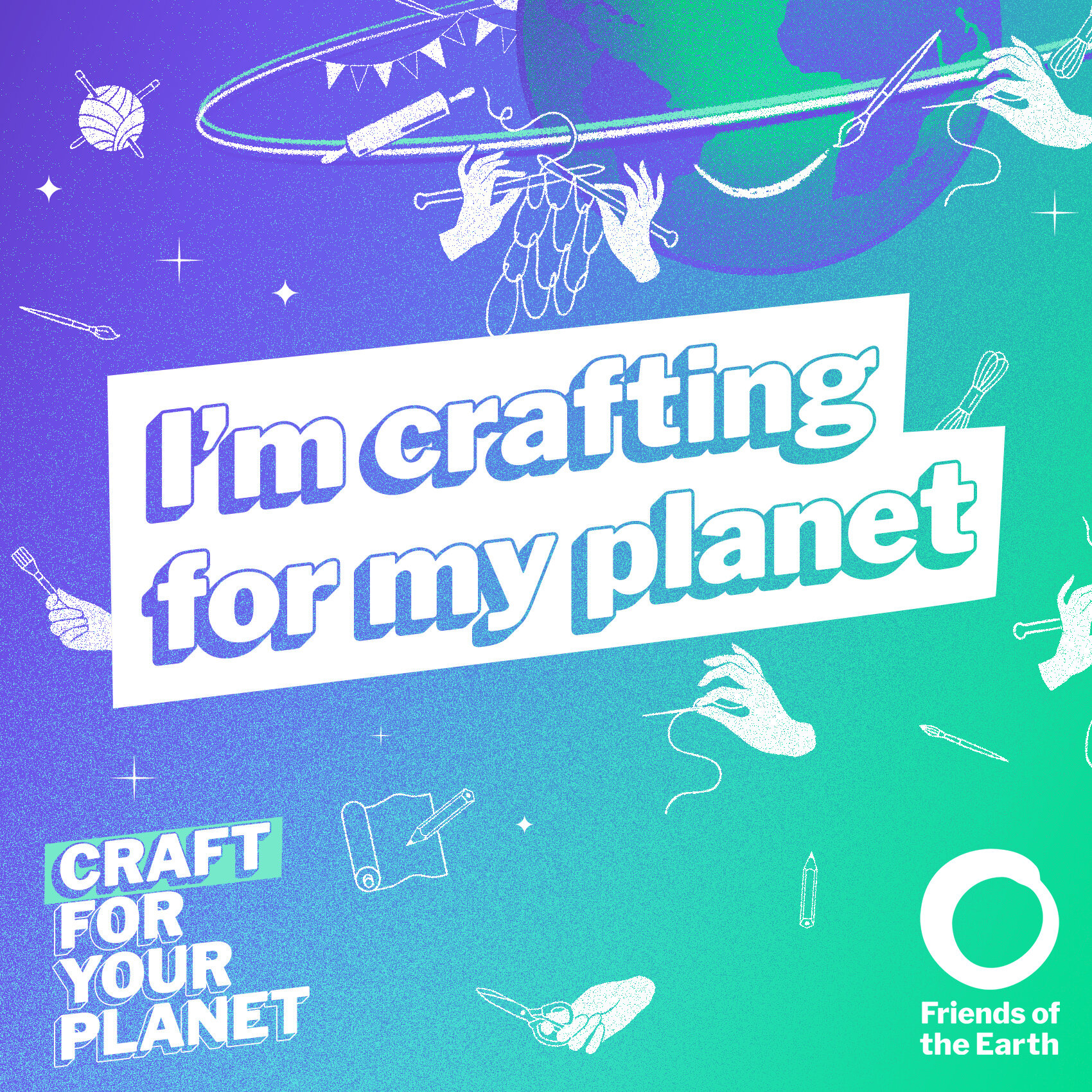It sounds like an art-world joke… “What do you get when an urban jewellery brand meets a rural craft organisation?…” It’s no joke, its what’s happening here this summer.
So we’re thinking about the creative importance of collaboration: what collaborating means for Tatty Devine and for New Brewery Arts and how we benefit from coming together.
Tatty Devine x Fawcett Society - 2019
We love the range, vibrancy and personality of Tatty Devine’s work. We love how they upturned and revolutionised an industry with pioneering techniques and an anarchic style; and how everything they produce is made by hand so that it is completely, authentically them. Tatty Devine have values and a voice. They have a lot of opinions and they aren’t shy about sharing them; they care about diversity, equality and empowerment. It’s this activism and passion that keeps Tatty Devine culturally relevant and growing in popularity.
They use their jewellery as a tool to give minority groups a voice. Causes particularly close to their heart are the feminist movement, LGBTQ+ community and EU relations. Tatty Devine have collaborated with brands like Venus Libido, Fawcett Society and WWF to campaign for women’s rights and environmental issues. Collaboration often takes the shape of creating a new and exclusive product line and donating any profits. Craft is a way for these organisations to show their support, to amplify a message and to get more people involved.
Like Tatty Devine, New Brewery Arts believe that crafts are more than just a hobby, craft and creativity is at the heart of everything we do - and craft is a good thing for society as a whole. Since 1978 we have carved out a home for artists, craftspeople and enthusiasts so that treasured skills are retained, and craft has a place as a worthwhile and rewarding career. We work to ensure we all enjoy and value the benefits that come from creativity in our everyday lives - craft and creativity enhances our wellbeing, mental and physical health, as well as our community and conscious consumerism (buying craft) can reduce our impact on the planet.
For New Brewery Arts collaboration looks different. As a charity, New Brewery Arts share what we have to support our purpose (through creating opportunities for craft to take its place in society, and for society to be all the richer for it). We hope that our belief in the good creativity brings to society is shared with everyone we meet and work, and that everybody leaves New Brewery Arts with an increased appetite for creativity in their lives and in society as a whole.
The Misshapes exhibition exists because of collaboration - conceived by Tatty Devine, designed by Fraser Muggeridge Studio, produced by Crafts Council. All these partners share a passion for hand-made crafts and for creativity. Everyone came together to bring our respective skills, strengths, resources and platforms to create something special. This exhibition is here in Cirencester because of our shared values of a belief that craft, creativity and making things by hand is worthwhile.
On the surface it is an unlikely collaboration, Tatty Devine embody urban and contemporary, New Brewery Arts are rural and less ‘avant-garde’, and that’s what excited us and made us want to host the exhibition. But we get rewarded when we collaborate, something of the other partners brushes off. Misshapes is unlike our recent exhibitions - and the Tatty Devine aesthetic, brand and attitude has attracted new faces to New Brewery Arts. We’ve seen and welcomed a diverse audience to Misshapes. By opening ourselves up to something different, we’ve not only brought excitement to regular visitors, but reached and welcomed a new, diverse audience. The approach Tatty Devine brings to the hand-made makes a trip to New Brewery Arts a richer experience for all - a worth while collaboration.
Misshapes continues until the 4th September.









